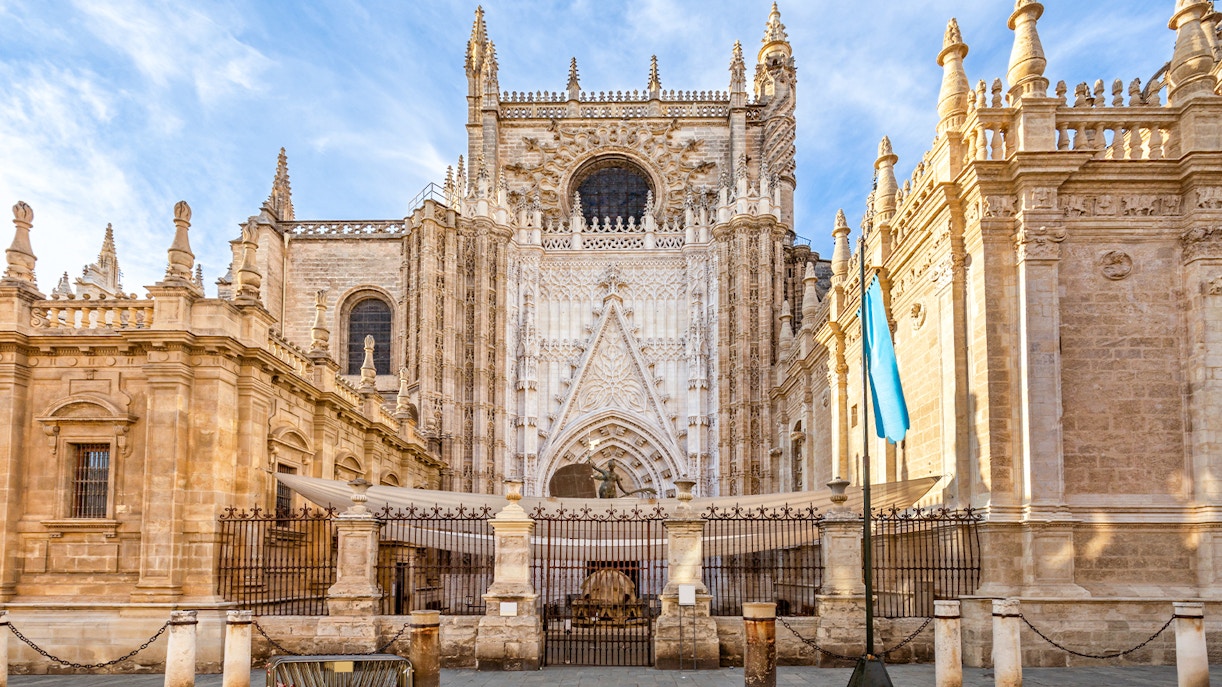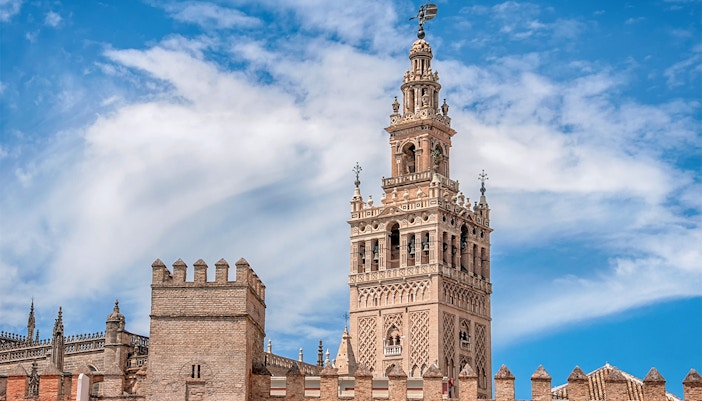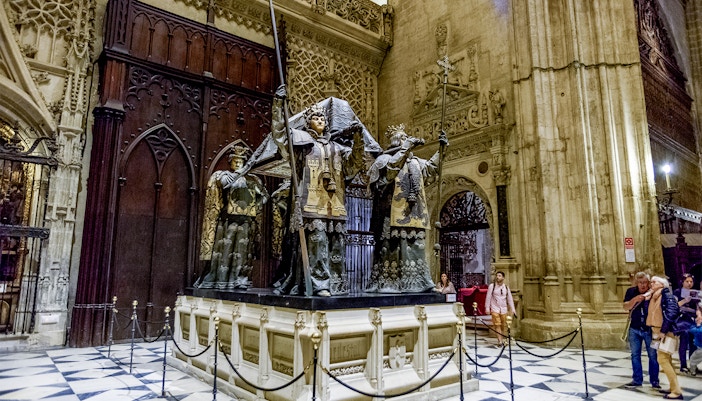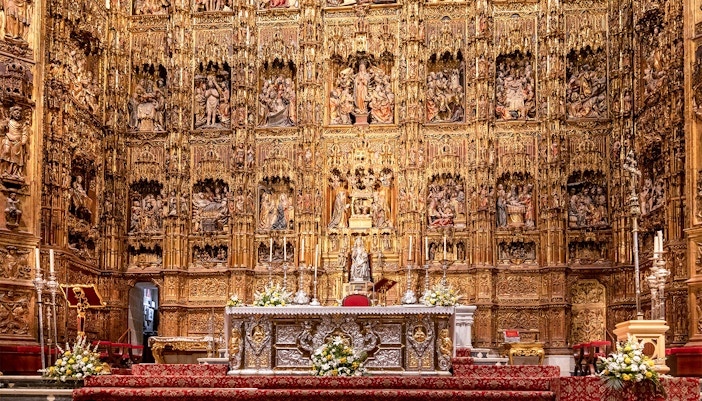The site began as a grand Almohad mosque built between 1172–1198, with its minaret and courtyard surviving its conversion post 1248. That mosque gave rise to the history of Seville Cathedral, especially its Patio de Naranjos and the La Giralda.
History of Seville Cathedral explained

From mosque to cathedral (1172–1402)

Ambitious Gothic overhaul (1401–1506)
In 1401, the city commissioned a breathtaking Gothic cathedral to replace the mosque. Over a century, local funding and vision turned a former mosque into the monumental Seville Cathedral we know.
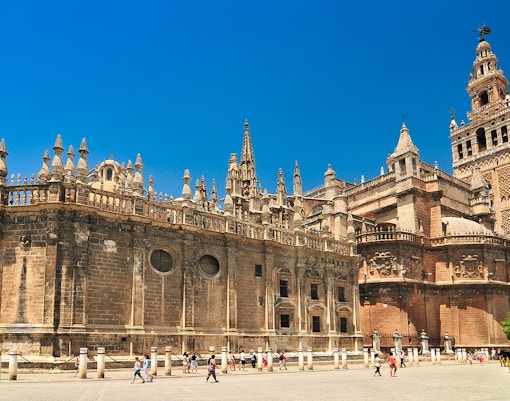
Structural trials & triumphs (1511 & 1888)
Domes collapsed in 1511 and again in 1888 after two major Iberian earthquakes. Each time, the builders rebounded with stronger vaults and ornate designs. The 16th-century reconstruction shaped the majestic crossing you can see at the cathedral today.

Renaissance additions & artworks (1506–1594)
Artists like Pieter Dancart and architects such as Diego de Riaño introduced stunning stained glass, a gigantic Gothic retable, and elaborate chapel woodwork—all parts of the cathedral’s layered history.
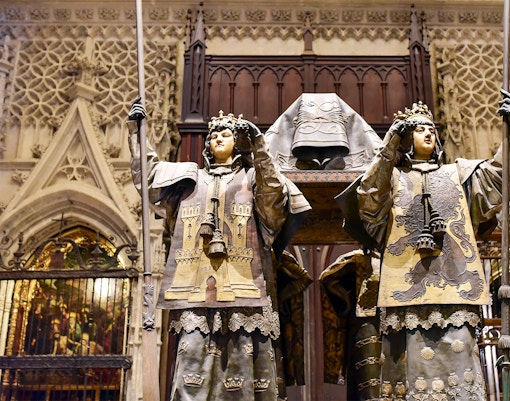
Modern recognition (1987–Today)
UNESCO declared the Seville Cathedral a World Heritage Site in 1987, celebrating its global significance. Today, over 2 million people visit annually, captivated by its scale, art, and the mystery of Columbus’s tomb.
